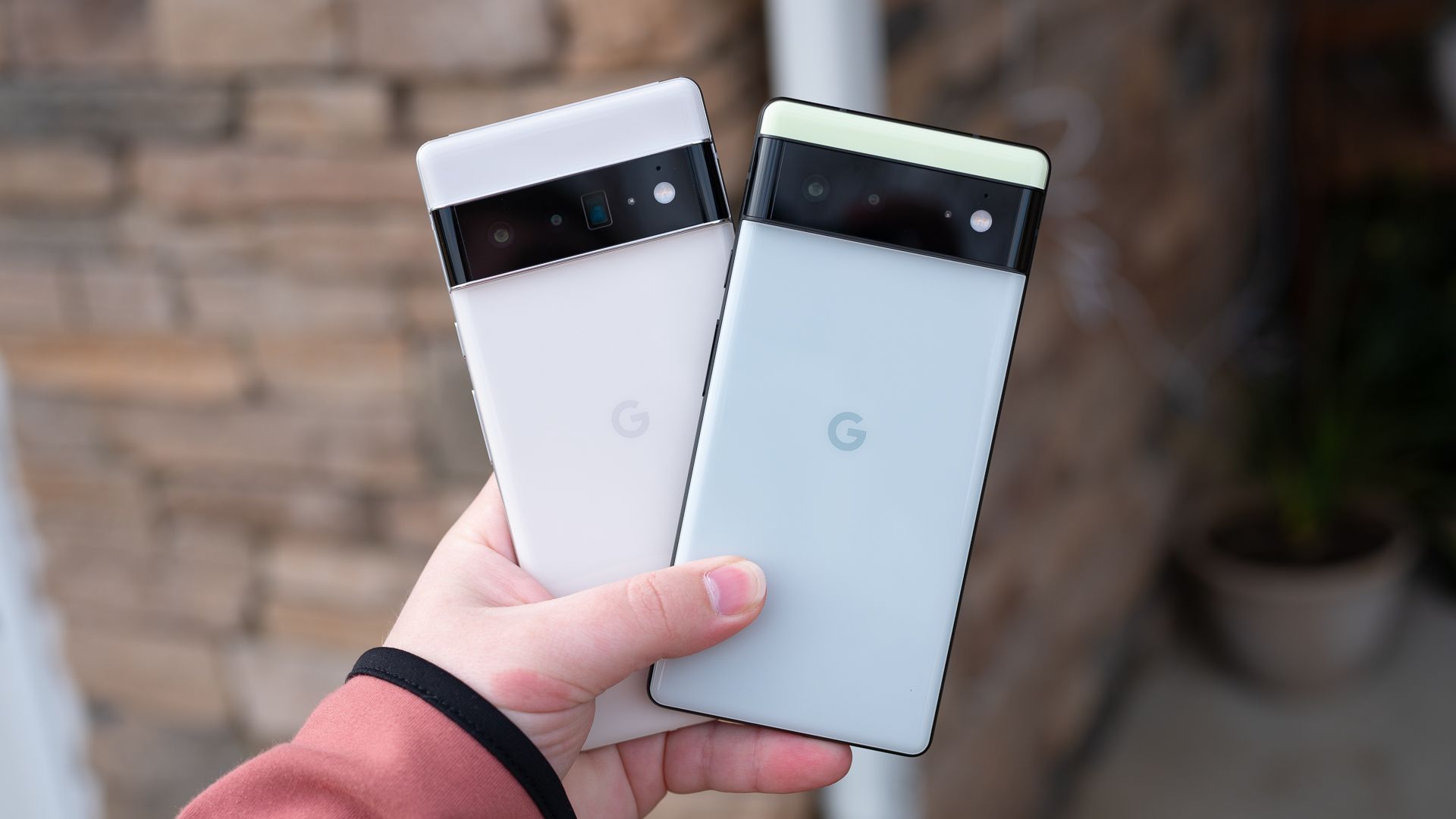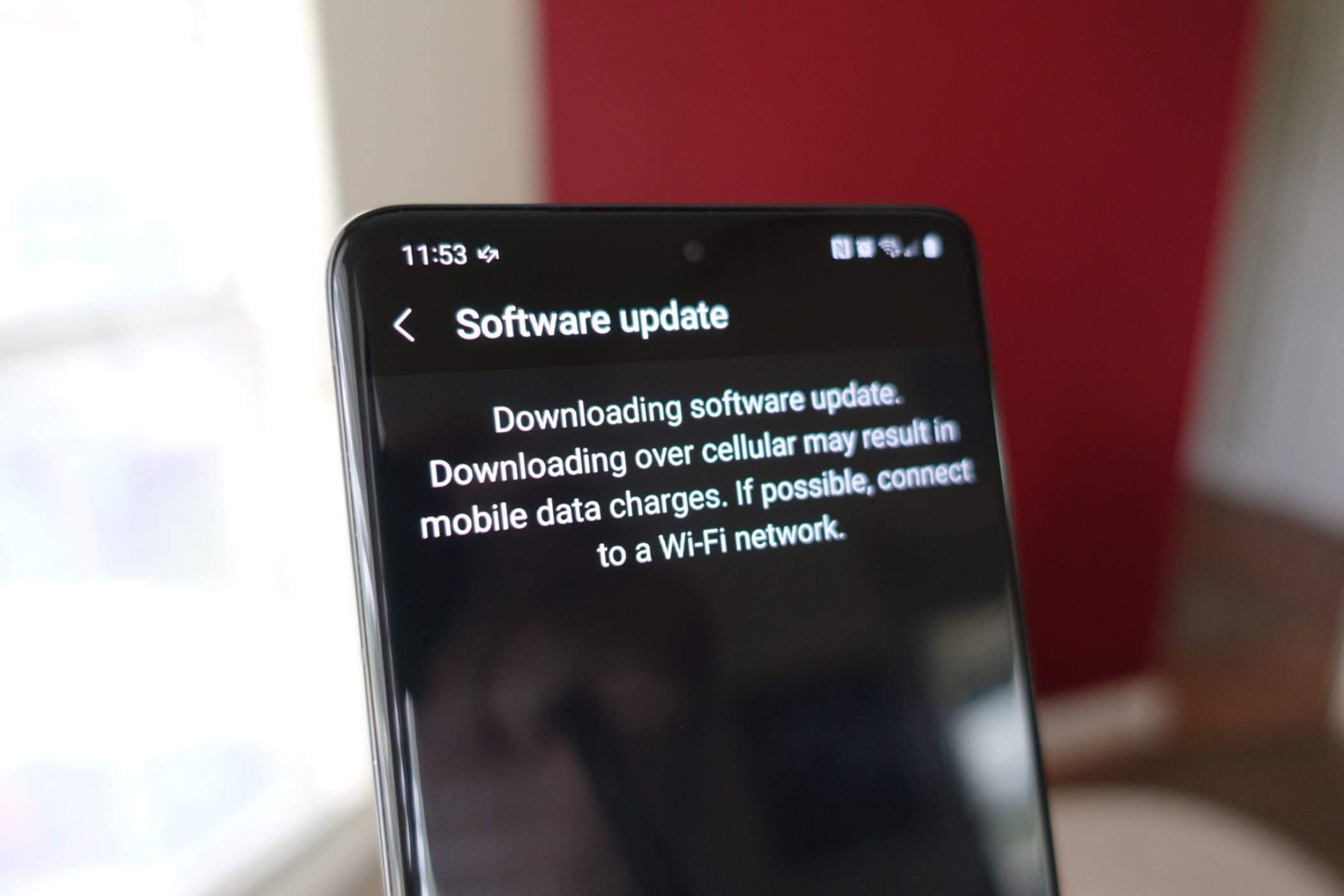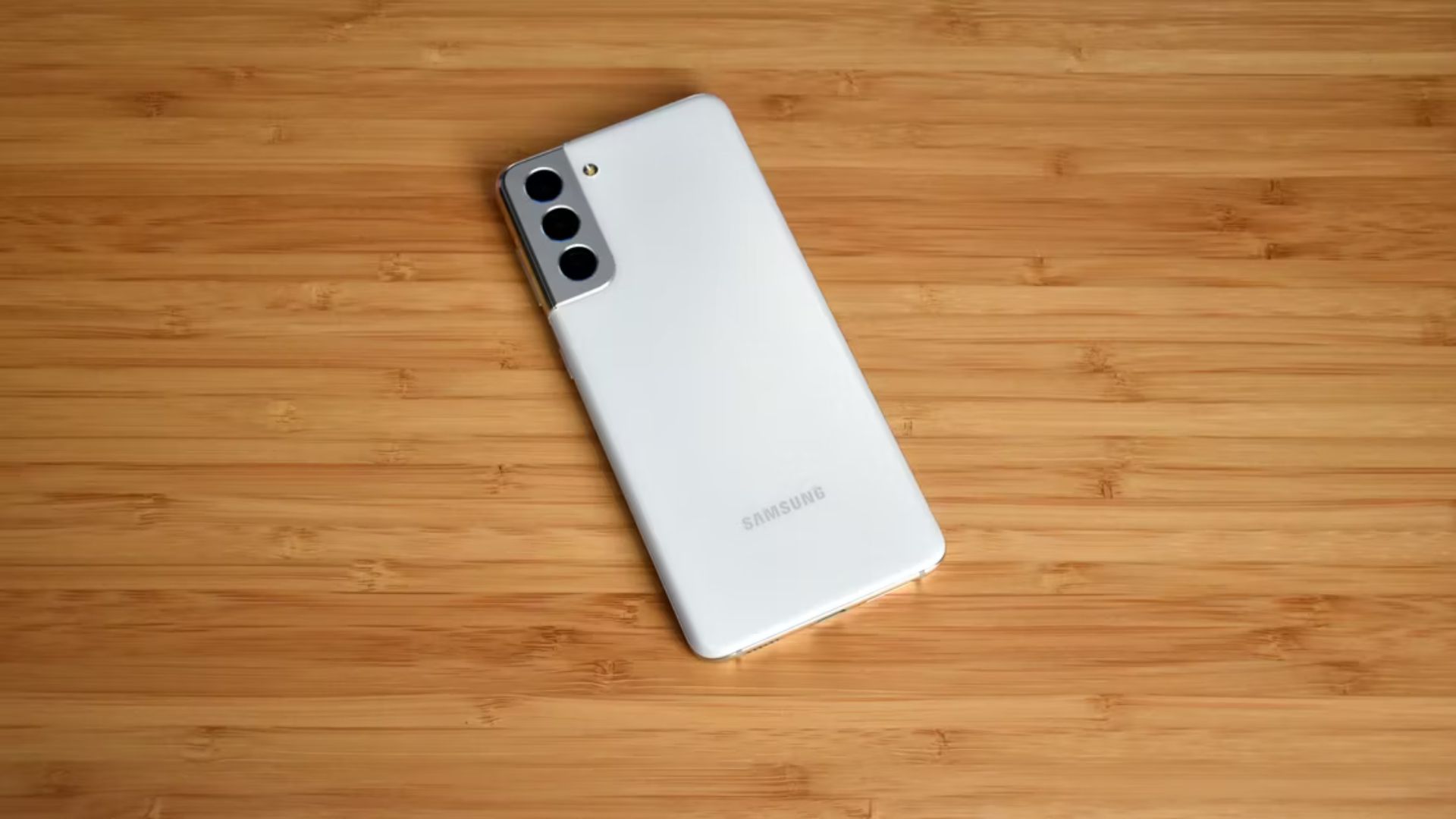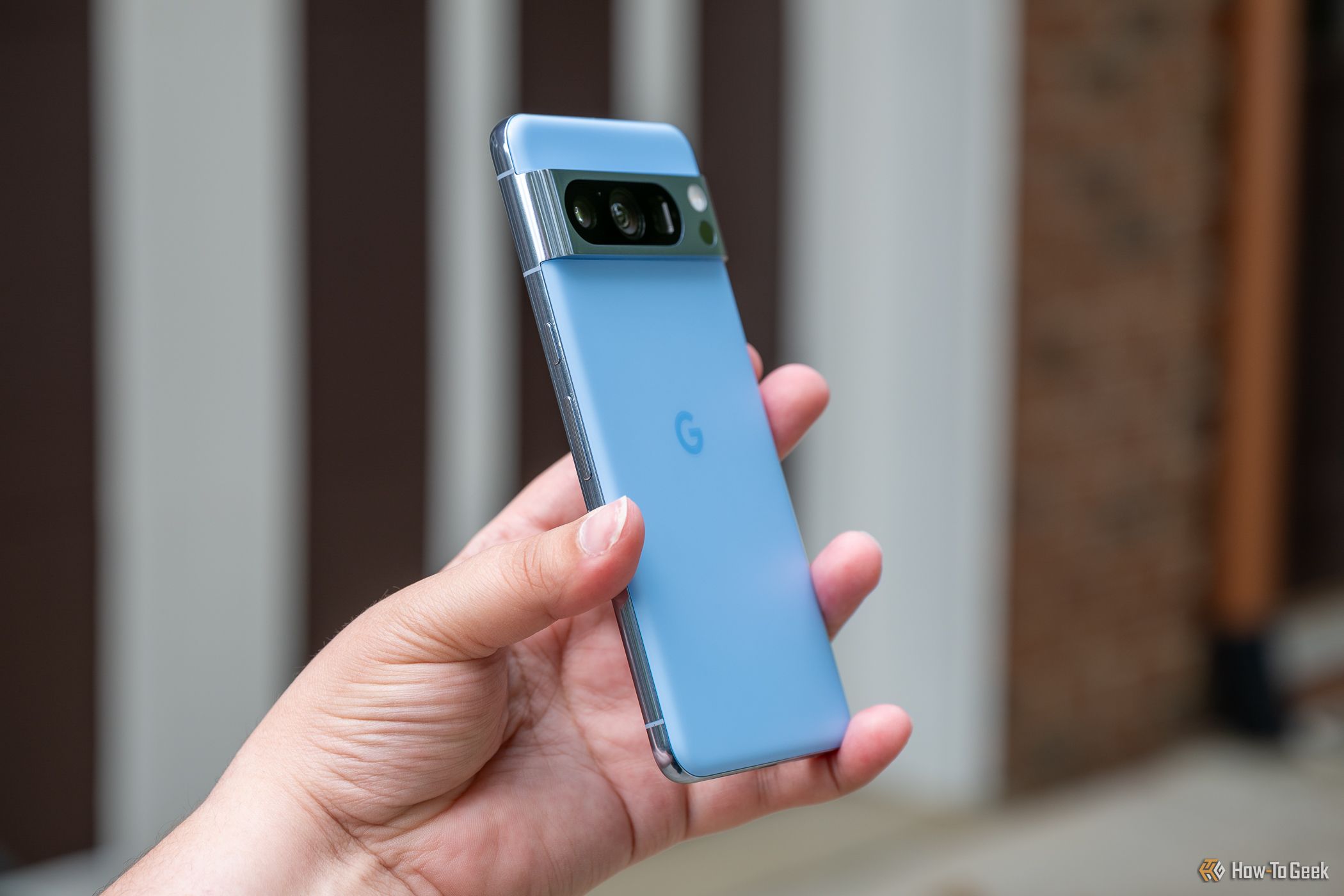Key Takeaways
- Android phones eventually stop receiving software updates, leaving them vulnerable to security risks and lacking new features.
- Older Android devices typically only receive 2-3 years of software updates, while newer models can get up to 8 years of support.
- Consider upgrading to a new phone when your current device is no longer supported to ensure security, better performance, and access to new features.
If you own a relatively new or high-end Android smartphone, it’ll most likely get at least four years of software updates and support. Older devices, however, may already be at the end of their lifecycles. So, what happens once your Android is too old to receive updates?
Your Android Device Will Eventually Stop Getting Updates
If you purchased a shiny new Samsung Galaxy Note 10 back in 2019, it received its last software update in 2023, and it’s time for an upgrade. All Android devices will eventually stop getting updates as they age. Your phone will theoretically continue to work just as it always has, but missing out on updates comes with downsides and inherent risks.
Unfortunately, many older or mid-range Android phones only get around 2–3 years of software updates instead of four or more like newer models. To make matters worse, there isn’t an industry-wide timeline. Google’s Pixel 8 will see eight total years of support, while older Pixels only get three years of Android OS updates and five years of security and maintenance patches. An older device like the Pixel 5 will no longer receive OS or maintenance updates.
For example, the aforementioned Galaxy Note 10 arrived a few years before Samsung introduced its extended software support policy, which is why it’s no longer getting updates. The Galaxy S20 series did not get Android 14 either. New Samsung phones now receive four years of OS updates and five years of security updates. If you have a Galaxy S22, it’ll see support until 2027. If you were to purchase a new Galaxy S24 in 2024, it would not reach its end of life until 2029.
Age comes for us all eventually, and that includes your Android phone. Eventually, Google, Samsung, Motorola, OnePlus, and others will stop supporting your device with major OS updates. This means you won’t be able to upgrade to Android 16 or Android 17 once it arrives, and you’ll miss out on key new features.
You Should Still Get Security and Maintenance Updates
It’s important to know the difference between OS (operating system) updates and occasional maintenance and security updates throughout the year. Your phone will stop getting major Android OS updates first. Then, it’ll stop receiving security patches in another year or so.
Each year, most phones get one big Android OS system upgrade. A prime example is the update to Android 14, delivering new features and changes from Google on Pixel devices, or One UI 6.0 (built on Android 14) from Samsung. The Pixel 5 is still getting maintenance and security updates but will not get Android 15. Samsung’s devices released in 2020, like the Galaxy S20, won’t get any more OS updates either, but they will get those all-important security patches and bug fixes.
Basically, the big OS releases with all those fun new features end. Thankfully, throughout the year, you’ll get monthly, bi-monthly, or quarterly security and maintenance updates to improve your Android device and keep it secure. And those are arguably more important than the latest version of Android.
However, once a phone officially reaches its end of life (EOL), all updates will stop. You’ll no longer get new features, nor will you see occasional security patches or bug-fixing updates. Again, your phone will continue to work in some capacity, but it’ll no longer be secure.
The Risks of Continuing to Use an Outdated Android
Security risks and overall performance are the biggest factors you’ll want to consider once your phone is too old to receive updates. When you’re running an outdated version of Android on an old phone, a lot of things can happen.
For one, future features or app updates may not support older versions of Android, meaning apps don’t fully function. Performance and battery life can decrease over time, etc. More importantly, those frequent security updates patch critical vulnerabilities and API issues on your device. Exploits, malware, and viruses constantly change, new exploits emerge, and older phones can quickly become susceptible.
Having an up-to-date phone is one of the best ways to avoid malware on Android. So, if you’re using a device that’s too old to get updates or is no longer supported by the manufacturer, you’re opening yourself up to all those situations. The longer you use that outdated phone, the more you’ll be exposed.
I’m not saying you’ll instantly get a virus or deal with problems, but these days, it’s better to be safe than sorry. You want an Android device that’s stable and getting updates.
Consider Upgrading to a New Phone
What can or should you do if your phone is no longer supported? You probably don’t need an Android antivirus app, but you will want to exercise caution. Be careful about what you click while browsing the web, and only download apps from the Google Play Store.
If you have an aging phone like the Pixel 5, OnePlus 8 Pro, or even the Galaxy S20, it’s likely time to upgrade. Your phone is no longer getting major OS updates, potentially stopped receiving security patches, and it’s certainly showing its age. Plus, you’re probably experiencing slower performance than when it was new, running low on storage, and the battery likely doesn’t hold a charge as well as it did when you first bought it.
There are plenty of excellent Android phones worth buying right now, and a new model is always around the corner. So, replace or trade in that old, outdated phone for something fun, fresh, and updated.
source



